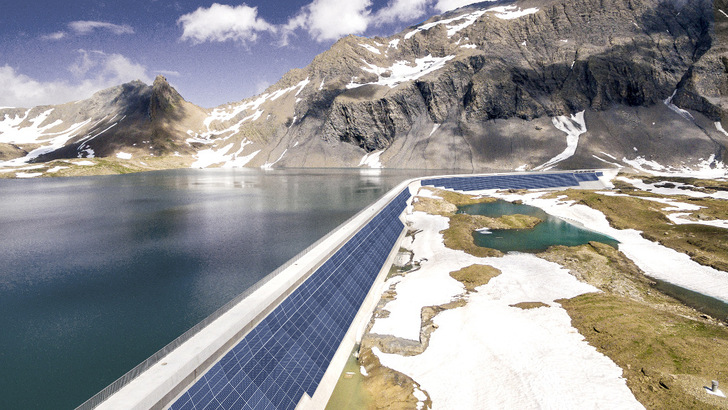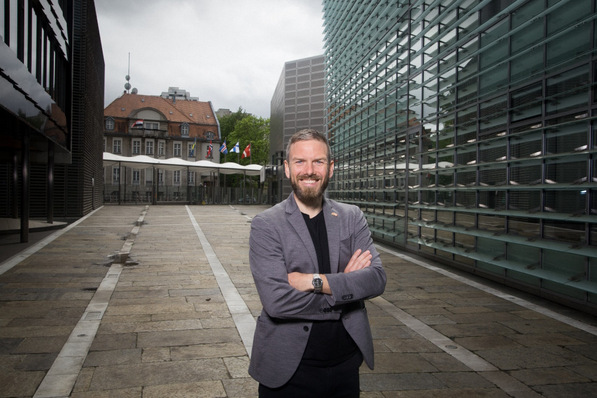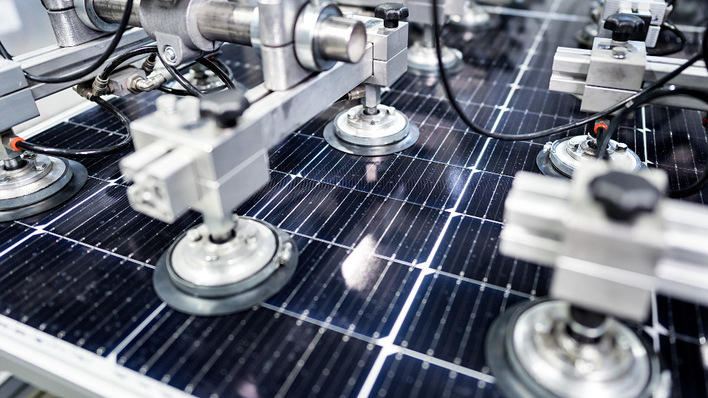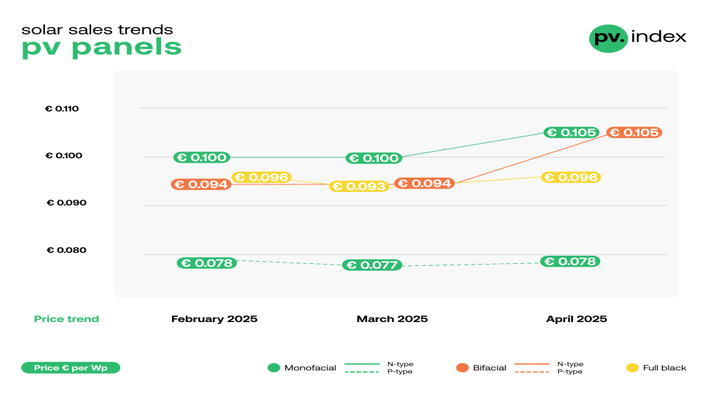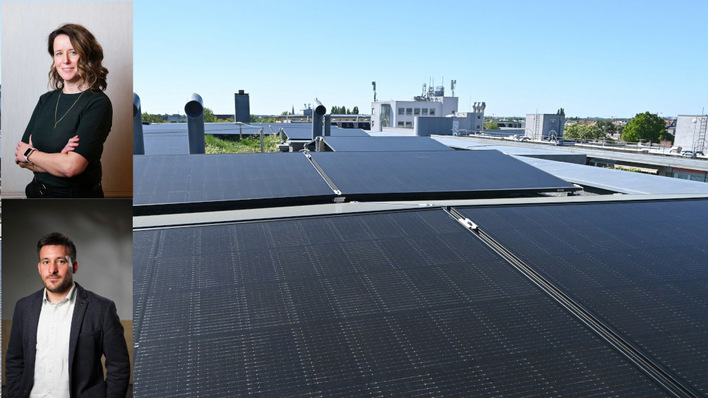In Switzerland, a massive and rapid expansion of photovoltaic systems is still necessary to achieve a complete supply with renewable electricity by 2050. This is clear from the report Energy Perspectives 2050+, which the Swiss Federal Office of Energy (SFOE) has just published.
The Swiss industry association Swissolar sees this as confirmation of its demands, which it has been making repeatedly for years. "The expansion of renewable electricity production with a high proportion of photovoltaics must take place rapidly and on a scale that clearly exceeds the current level," the industry representatives quote from the report. "The report also clearly shows that this can only succeed with improved framework conditions. Politicians must therefore take decisions very quickly to create stronger investment incentives. The current prices on the electricity market and the goodwill of individual investors are not sufficient to increase expansion to the required size at the necessary pace".
Four different scenarios
The SFOE analysts have calculated four different scenarios as to how Switzerland can achieve full supply of green electricity. These differ on the one hand in terms of the energy efficiency that can be achieved, and on the other hand in terms of the extent of sector coupling. In addition, there are different proportions of hydrogen and biogenic and synthetic fuels, for which Switzerland needs different numbers of green electricity plants. However, even in the baseline scenario, the installed capacity of photovoltaics must rise to 37.5 gigawatts. That would be a growth rate of 13 times the current level. Only in this way can solar energy become the mainstay of Switzerland's energy supply and reach the 40 percent share by 2050. By then, solar electricity production must grow from the current two to 34 terawatt hours.
See also: Photovoltaic system mounted to a dam in the Alps
For Swissolar, the annual electricity volume will have to rise to 45 terawatt hours, which means an increase to 50 gigawatts. However, the differences are due to the fact that the SFOE, in the association's view, is rather optimistic about the expansion of wind energy and hydropower, as well as the greater exploitation of the potential in energy efficiency.
One gigawatt per year necessary
Nevertheless, the massive and rapid expansion will be possible. This is not possible without a political and legal framework. In order to reach the target, the annual photovoltaic capacity would have to increase to at least one gigawatt. At the moment it is around 400 megawatts. "We therefore urgently need new promotional instruments to create incentives, especially for the construction of large photovoltaic plants without own consumption," demands Swissolar and already sees a light on the horizon. "Because the planned revision of the Energy Act and the parliamentary initiative to promote large photovoltaic systems without own consumption are intended to do this".
Of course, this will cost money. But the SFOE emphasises that by 2050, investments of around 1,400 billion Swiss francs will be needed anyway for the renewal, modernisation and replacement of existing energy infrastructures, buildings, installations, equipment or vehicles. With the goal of a complete switch to green energy, this demand will increase by a further 109 billion Swiss francs. This is only eight percent of the investment required anyway. At the same time, however, savings of 50 billion Swiss francs in energy costs would be possible. (mfo)


